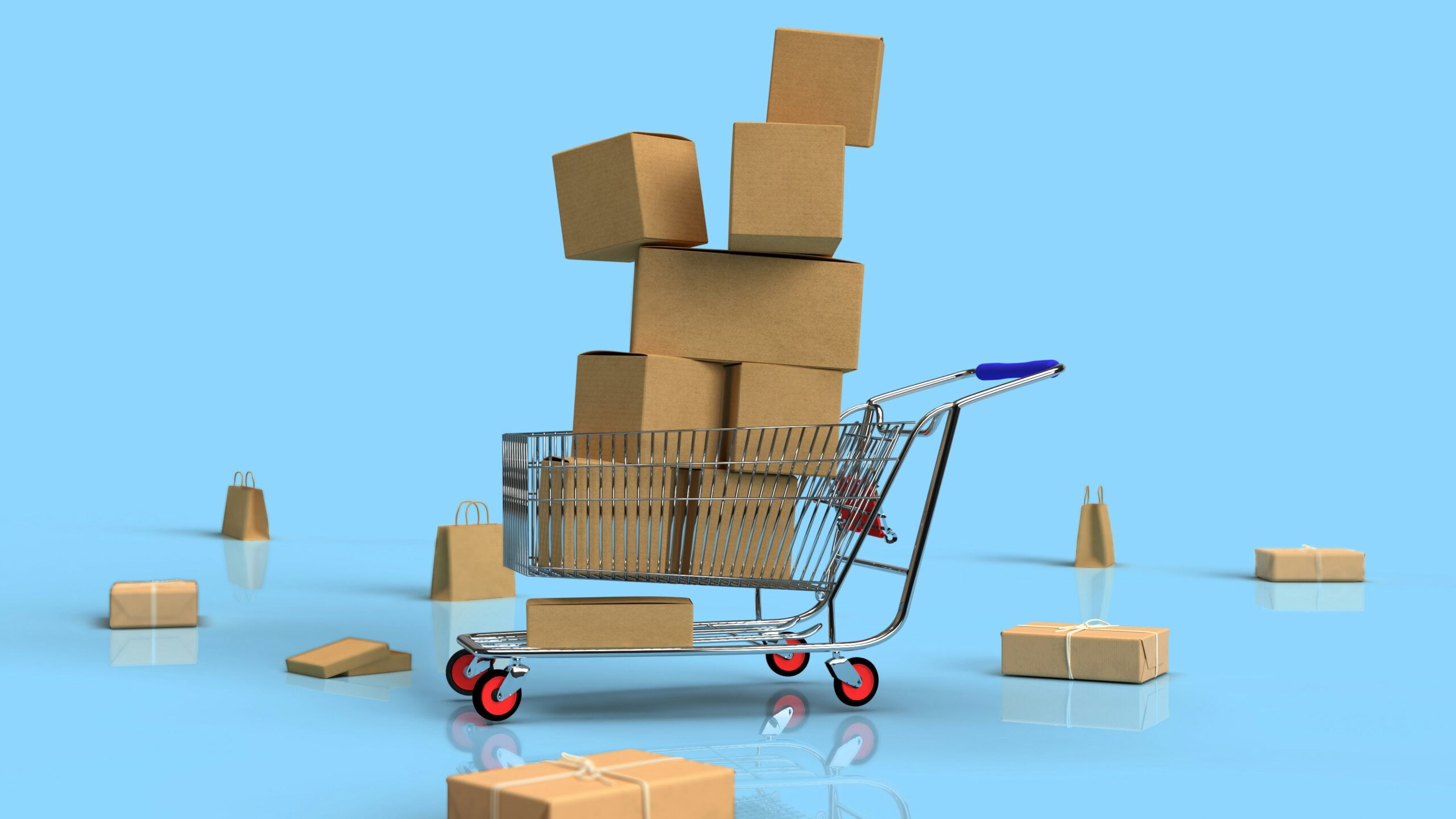When marketers think of e-commerce growth tactics, they usually picture performance initiatives: Facebook ads, Google Shopping, and influencer campaigns. But while everyone is crowding the same digital channels, the savviest e-commerce brands are turning to out-of-home (OOH) advertising.
Billboards. Transit ads. Digital screens in high-traffic areas.
They have all become some of the most powerful tools in the modern e-commerce and D2C playbooks. Here’s why:
OOH Supercharges Brand Trust
Consumers today are savvier (and more skeptical) than ever. They’re constantly bombarded with online ads and know how to scroll past them without a second glance.
OOH, on the other hand, offers a kind of trust halo. Seeing a brand on a billboard or in a subway station signals legitimacy. It tells people, “We’re real. We’re here.” That kind of offline presence builds confidence, especially for online-only brands that don’t have a physical storefront.
The Digital Spillover Is Real
OOH is no longer just about impressions; it’s about intent.
Studies show that out-of-home advertising drives online behavior. After seeing an OOH ad, consumers are more likely to search for the brand, visit its website, follow on social media, or even make a purchase. It creates a seamless offline-to-online journey, and often performs better in combination with digital ads than either tactic alone.
Here’s some data that helps flip the conversation:
• 77% of consumers say they notice OOH more today than before the pandemic.
• 46% of brands note an improvement in mobile ad performance when OOH is part of the media mix.
• 38% of brands see an increase in branded search after adding OOH to a digital plan.
• 7% of brands experience a lift in conversion rates when OOH runs alongside social.
It’s Surprisingly Measurable
One of the biggest myths about OOH is that it can’t be tracked. That may have been true a decade ago, but not today.
Modern OOH platforms, like OneScreen, offer geofencing, mobile retargeting, and even foot traffic attribution. You can see how many people saw the ad, how many visited the company’s site afterward, and how OOH lifted overall brand metrics.
The data is real, and it’s actionable.
OOH Helps You Beat the Performance Plateau
Every e-commerce and D2C brand eventually hits the paid social plateau. CPMs rise, performance levels off, and scaling becomes expensive.
OOH gives companies a way to expand reach without relying on the same crowded channels. It introduces brands to entirely new audiences in a way that’s impactful, memorable, and cost-effective, especially in emerging formats like digital transit screens, rideshare toppers, or programmatic DOOH.
It’s a Brand Moment Machine
OOH is pure brand theater. It facilitates bold, cultural statements that earn attention, buzz, and social sharing.
Remember when Ramp Treasury smashed a giant wrecking ball onto a car in NYC’s Chinatown? Or when Casper turned a Manhattan billboard into a sleep hotline? Those weren’t just ads, they were moments.
Even a modest OOH campaign can deliver outsized earned media and social engagement if the creative hits the mark.
Final Thoughts
OOH isn’t just for massive legacy brands anymore. Thanks to more accessible pricing, programmatic buying, and measurable results, it has become an essential weapon for modern e-commerce and D2C companies looking to scale.
In a world where online attention is fleeting and ad blockers are the norm, OOH cuts through the noise – and sticks.
So if your growth strategy feels stuck, it might be time to look up. Literally.
